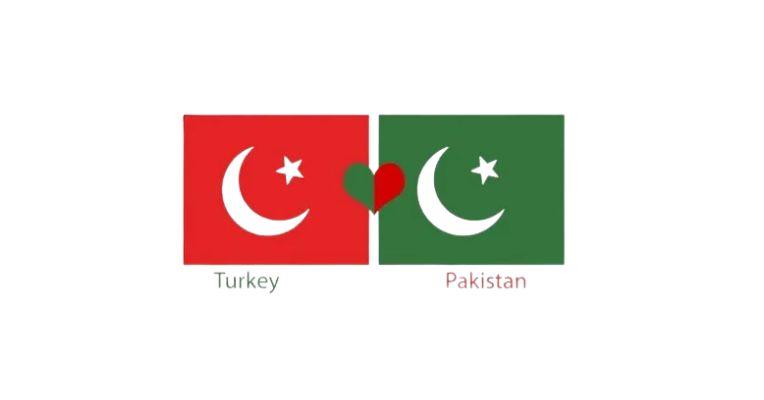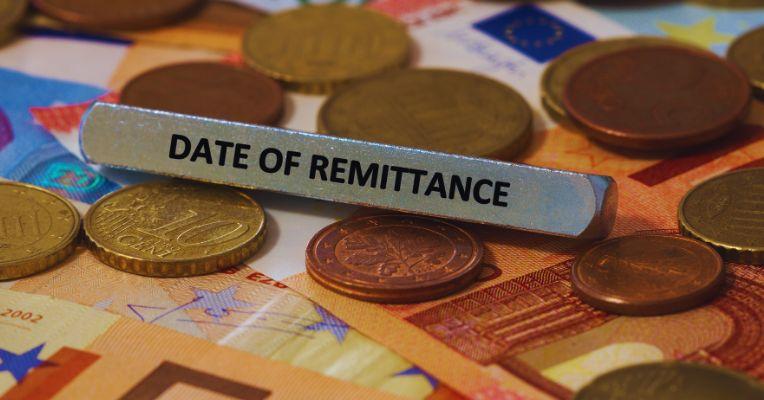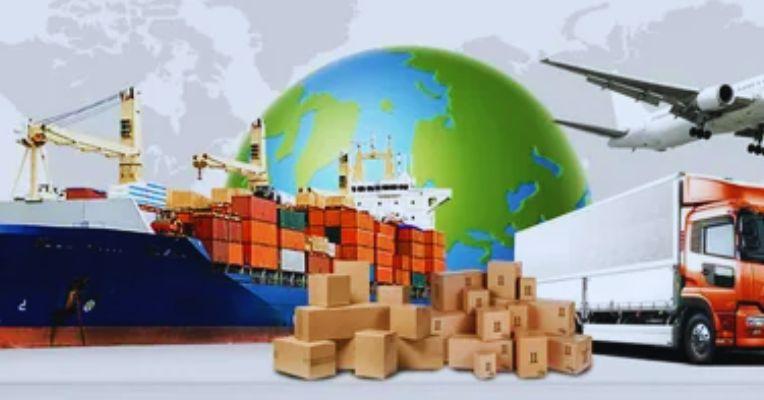Pakistan is seeing a major shift toward digital payments. The State Bank of Pakistan (SBP) has reported that digital payment methods now process the majority of retail transactions in the country. This is a big change, as more people are using mobile apps, online banking, and other digital tools to make payments. In this article, we will explain how this shift is happening and what it means for the country.
Growth in Digital Payments
The SBP recent report shows that, from July to September 2024, retail transactions in Pakistan increased by 8%. This means people are making more payments than before, totaling 1.951 billion transactions, worth Rs136 trillion.
- 87% of these transactions were made using digital payment methods (like mobile apps or online banking).
- The remaining 13% were made using traditional methods, like over-the-counter (OTC) payments, which involve visiting a bank branch.
How Much Have Digital Payments Grown?
The report also shows a big rise in digital payments over the past year. The share of digital payments increased from 24% in the fourth quarter of FY24 to 27% in the first quarter of FY25. In monetary terms, this is a rise of Rs36 trillion in digital payments. In contrast, over-the-counter payments still made up 73% of the total, amounting to Rs100 trillion.
Raast and Mobile Banking: Key Drivers of Growth
One of the main reasons for the rise in digital payments is the growth of services like Raast and mobile banking.
- Raast:
Raast is an instant payment solution launched in 2022. As of the first quarter of FY25, Raast had processed 848 million transactions, totaling Rs19 trillion. It is growing at a fast pace, with 39.5 million users by the end of the quarter. - Mobile Banking:
Mobile banking apps offered by banks, microfinance banks, and other financial institutions have also contributed greatly to digital payment growth. In the first quarter of FY25, there were 1,301 million transactions valued at Rs19 trillion through mobile banking platforms. This is an increase of 11% in transaction volume and 14% in transaction value compared to the previous quarter.
E-Commerce and Point-of-Sale (POS) Growth
- E-Commerce:
Online shopping is becoming very popular in Pakistan. The report shows that there was a 29% rise in online payments in the first quarter of FY25. Of the 118 million online transactions, a huge 91% were made using digital wallets, showing that people are moving away from using traditional credit or debit cards for online shopping. - POS Transactions:
Point-of-sale (POS) terminals, used for in-store payments with cards, also saw strong growth. There were 132,224 POS terminals in the country, processing 83 million transactions worth Rs429 billion.
Expansion of ATMs and Branchless Banking
- ATMs:
Automated Teller Machines (ATMs) are still widely used for cash withdrawals. The network of ATMs grew to 19,170 units, enabling 243 million transactions worth Rs3.9 trillion during the quarter. - Branchless Banking:
Branchless banking is a key factor in reaching people who do not have easy access to physical bank branches, especially in rural areas. The number of branchless banking agents increased to 693,178. These agents helped process millions of transactions, including 28 million bill payments and 75 million cash deposits and withdrawals.
Digital vs. Traditional Payment Methods
| Payment Method | Volume of Transactions (Million) | Value of Transactions (Rs Trillions) | Percentage of Total Transactions |
|---|---|---|---|
| Digital Payments | 1,951 | 136 | 87% |
| Over-the-Counter (OTC) | – | – | 13% |
| Raast (2022-Present) | 848 | 19 | – |
| Mobile Banking | 1,301 | 19 | – |
| E-Commerce Payments | 118 | – | 29% Rise |
| POS Transactions | 83 | 0.429 | – |
| ATMs Transactions | 243 | 3.9 | – |
Summary
The shift towards digital payments in Pakistan is clear. With services like Raast, mobile banking, and digital wallets, more people are using online methods to pay for goods and services. This trend is expected to continue, with more people gaining access to digital financial tools, especially in rural areas. The growth of e-commerce, mobile banking, and POS terminals shows that Pakistan is moving towards a more cashless economy. For the future, branchless banking agents and new technologies will play a big role in reaching even more people and making digital payments easier.





